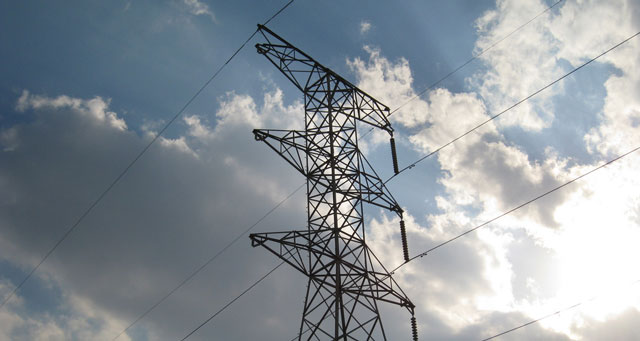
The money Eskom is hoping to claw back from the National Energy Regulator of South Africa (Nersa), in an effort to plug its revenue shortfalls, could potentially mean as much as a 9% increase in electricity tariffs if it is approved.
But the regulator has warned that any increase would be carefully weighed against the interests of consumers and the question of affordability. The utility, which is facing a R225bn shortfall, has applied to the regulator to recoup some of its costs incurred during the second multiyear price determination period, which ran from April 2010 to March 2013.
The application has been made through a regulatory mechanism known as the regulatory clearing account, which allows for either the under- or over-recovery of prudently incurred costs in a tariff period.
Eskom’s head of treasury, Caroline Henry, said that although Eskom could not give specific details on the amount of money that could be clawed back, “it would be significant, annually”. Should Nersa decide that the costs had been prudently incurred and approve the application, “in theory” an increase of an additional 9% could be added to existing tariff increases, she said.
Eskom is in the second year of its third tariff application cycle. It was awarded increases of 8% over five years. An additional 9% could mean an increase to 17% over a year.
Henry said, however, that the regulator was likely to work hard to protect consumers and that no parties would be “unrealistic” about loading the consumers with a sudden hike
Thembani Bukula, regulator member at Nersa, said that the multiyear price determination methodology allows the regulator to make an adjustment, whether it’s an increase or a reduction in the tariff, without holding public consultation if it is lower than 10%.
If the adjustment is above 10%, then public consultation and a full reopening of the multiyear price determination is required, he said.
Bukula said that an adjustment of at least 9% was possible, particularly if it was for a reduction in tariffs.
In 2012, Eskom had applied for a reduction in the tariff from 25% to 16%, which Nersa granted, Bukula pointed out. When it came to an increase, however, it was not simple and a serious discussion needed to be had regarding whether the country could afford it, said Bukula.
The regulator’s task was to balance the often conflicting requirements of Eskom on the one hand and consumers on the other, as well as those of other interested parties such as investors, he said.
The regulator should finalise its decision by the end of August.
But experts have questioned whether Eskom’s rising costs have been prudently incurred, given the cost overruns and delays on its new power stations Medupi and Kusile.
Whether the regulator would allow these costs to be passed on to consumers remained to be seen, argued Chris Yelland, MD of EE Publishers.
The RCA adjustment is one of a number of proposals Eskom has made to government on its long-term financial sustainability.
Other proposals include alternative sources of funding such as “equity or quasi-equity” — essentially further loans from the state.
Given the burden that Eskom’s performance is placing on the economy, analysts have argued for the need to privatise the utility partially. This would help Eskom to achieve efficiencies on a number of levels, including its capital structure efficiencies, said Chris Hart, chief investment strategist at Investment Solutions.
The parastatal was not properly capitalised and this was driving up costs, he said, and with the right balance between debt, capital and cash flow, the cost of electricity could be reduced. Partial privatisation could also help drive operational and procurement efficiencies. It could involve either listing a minority portion of Eskom’s share while the government retained a controlling stake, or privatising Eskom business units such as generation or transmission.
Hart warned that, if the government retained ownership of Eskom, the parastatal’s increasing debt will be seen as part of the country’s national debt. Instead of a debt to gross domestic product (GDP) ratio of about 45%, South Africa’s debt to GDP ratio could be viewed at closer to 70% or 80%, raising the country’s risk profile substantially, he said.
The state deems Eskom a strategic asset, and such a move is viewed as politically unlikely.
Henry said that privatising at a project level could reflect the government’s policy of promoting independent power producers as well as bringing in a strategic partner for Eskom. — (c) 2014 Mail & Guardian
- Visit the Mail & Guardian Online, the smart news source




